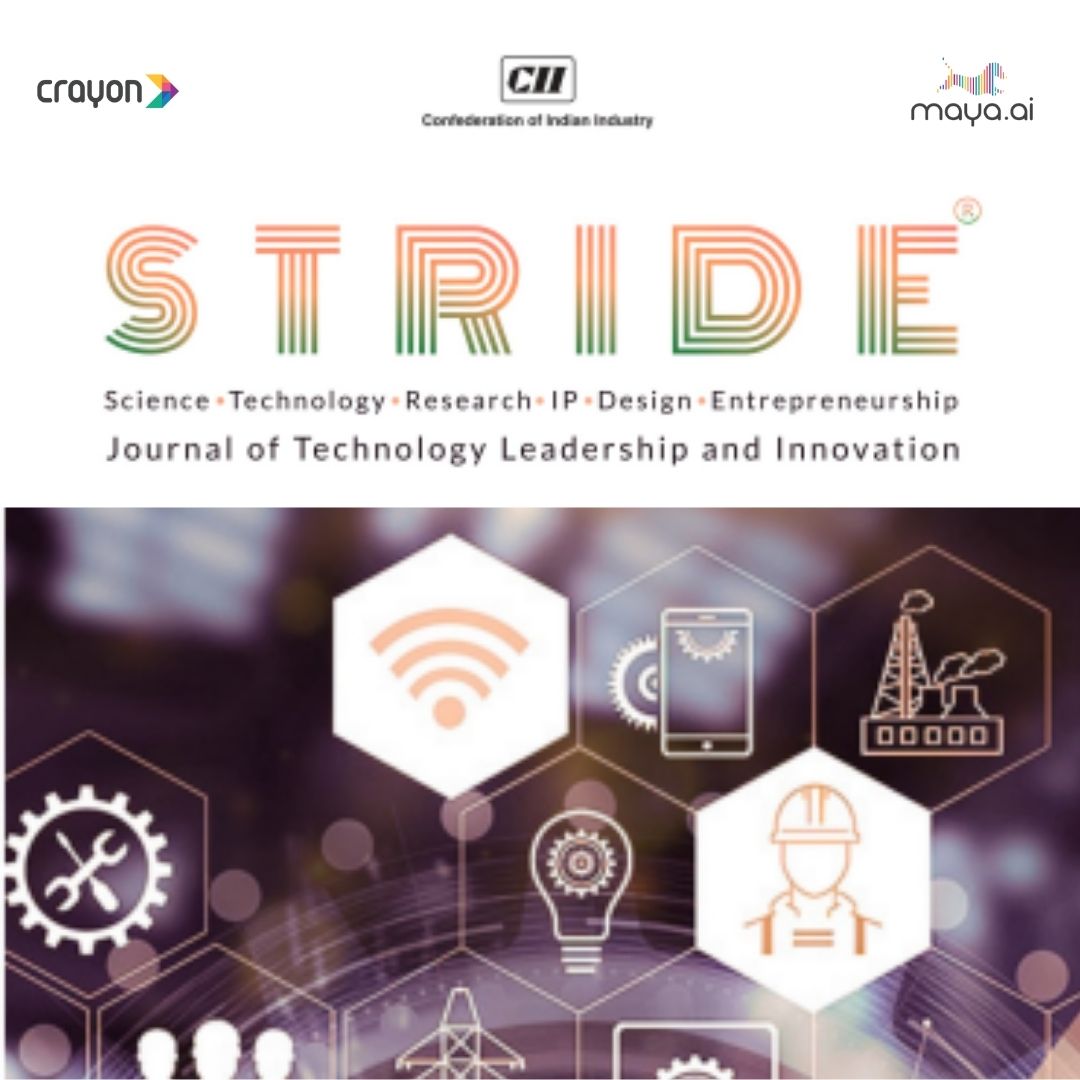Sir David Cox is arguably one of the world’s leading living statisticians. He has made pioneering and important contributions to numerous areas of statistics and applied probability over the years, of which perhaps the best known is the proportional hazards model, which is widely used in the analysis of survival data. The Cox point process was named after him.
Sir David studied mathematics at St John’s College, Cambridge and obtained his PhD from the University of Leeds in 1949. He was employed from 1944 to 1946 at the Royal Aircraft Establishment, from 1946 to 1950 at the Wool Industries Research Association in Leeds, and from 1950 to 1955 worked at the Statistical Laboratory at the University of Cambridge. From 1956 to 1966 he was Reader and then Professor of Statistics at Birkbeck College, London. In 1966, he took up the Chair position in Statistics at Imperial College London where he later became Head of the Department of Mathematics for a period. In 1988 he became Warden of Nuffield College and was a member of the Department of Statistics at Oxford University. He formally retired from these positions in 1994 but continues to work in Oxford.
Sir David has received numerous awards and honours over the years. He has been awarded the Guy Medals in Silver (1961) and Gold (1973) by the Royal Statistical Society. He was elected Fellow of the Royal Society of London in 1973, was knighted in 1985 and became an Honorary Fellow of the British Academy in 2000. He is a Foreign Associate of the US National Academy of Sciences and a foreign member of the Royal Danish Academy of Sciences and Letters. In 1990 he won the Kettering Prize and Gold Medal for Cancer Research for “the development of the Proportional Hazard Regression Model” and 2010 he was awarded the Copley Medal by the Royal Society.
























